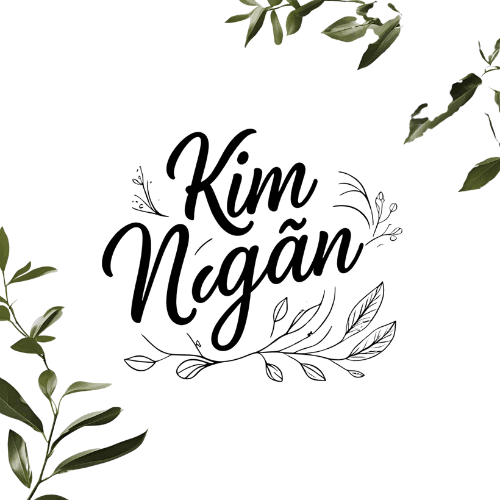🌍 How to Prepare for Your First Trip to Europe
🌍 How to Prepare for Your First Trip to Europe
What You Need to Know Before You Go – Visas, Seasons, Expectations & Mindset
There’s a certain kind of magic in saying, “I’m going to Europe.”
A spark in the eyes. A rush in the heart.
But beyond the dreams of Eiffel Towers, Tuscan vineyards, or snowy alpine trains… there’s also a need to prepare — calmly, thoughtfully, and with just enough intention to turn your trip from overwhelming to unforgettable.
This isn’t a checklist blog.
It’s a quiet guide — for first-time travelers who want to feel informed, not overloaded.
Let’s walk through it together.
1. 🌐 Visa & Entry Rules – Start With What’s Legal
Europe isn’t one big country — and that’s where many travelers get confused.
For most visitors, the Schengen Zone (covering 29 countries) is the key to entry.
- Do you need a visa?
Citizens from the U.S., Canada, Australia, and many other countries can enter visa-free for up to 90 days. But starting in 2025, you’ll need an ETIAS travel authorization — an online pre-approval that takes just a few minutes and a small fee.
- Traveling between countries?
Within the Schengen Area, borders are open — no passport checks.
But outside it (e.g., the UK, Ireland, some Balkan states), different rules apply.
📝 Tip: Always double-check visa rules for each country on your itinerary.
And don’t assume the EU and Schengen are the same — they’re not.
2. 🕰️ Understand the Seasons – Travel by Rhythm, Not Just Date
Europe changes its mood with the seasons — more than many places do.
Spring (Apr–Jun): Blooming countryside, fewer crowds, soft light in cities
Summer (Jul–Aug): Festivals, long daylight hours, but also peak prices & heat
Autumn (Sep–Oct): Crisp air, golden landscapes, harvest season, quieter trails
Winter (Nov–Feb): Cozy Christmas markets, ski towns, art museums without lines
🎒 Pro tip: Don’t always aim for summer. Europe’s charm often shines brighter in shoulder seasons, when locals reclaim the streets and everything slows down.
3. 🧭 Set Realistic Expectations – You Can’t See It All (And That’s Beautiful)
First-timers often try to “see all of Europe in 2 weeks.”
The truth? That leads to blurred memories and airport exhaustion.
Instead, pick 2–3 regions and explore them with depth.
- Spend 5 days in Tuscany instead of 2 days each in 5 cities
- Linger in Lisbon’s alleyways instead of rushing to Paris for a photo
- Embrace slowness — it’s where the real Europe lives
🧘♀️ Europe isn’t just about sightseeing. It’s about people, moments, rhythm.
Travel like you’re writing a love letter — not a list.
4. 📱 Tools & Apps to Download Before You Fly
A few tools will make your journey smoother — and more soulful:
Google Translate – with offline languages (especially for signs and menus)
Rome2Rio / Omio – for comparing transport routes & booking
Google Maps (offline maps for each city)
XE Currency / Wise – for live exchange rates and money transfers
TripIt or Notion – for organizing your plans without panic
Bonus: Bring a physical travel journal. Europe has a way of making you want to write again.
5. ✨ Mindset Matters – Come With Curiosity, Not Control
Europe isn’t here to meet your expectations.
It’s here to surprise you, if you let it.
So let trains be late. Let museums be closed. Let plans shift.
The magic often happens between your itinerary points — in cafés you didn’t plan to enter, or conversations with locals you never expected to have.
🧳 Prepare well — yes. But then… allow space.
Because the most meaningful journeys are never fully scheduled.
Your first trip to Europe doesn’t need to be perfect.
It only needs to be yours.
So breathe. Pack with care. Read a bit. Dream a little more.
And then go — open, grounded, and fully alive.
With care and clarity,
Kim Ngân – storyteller & slow traveler
